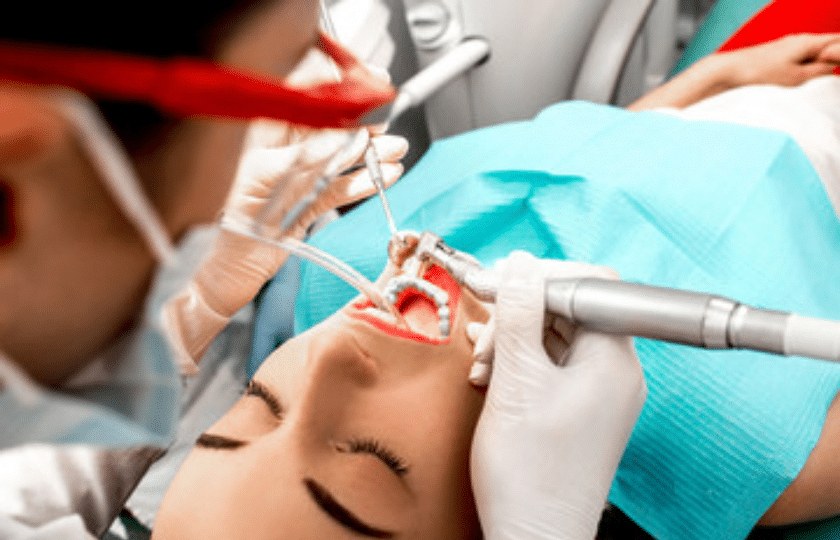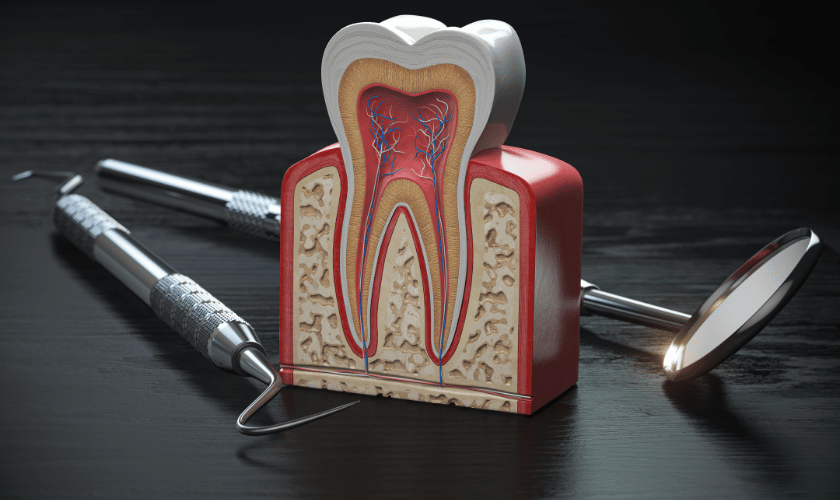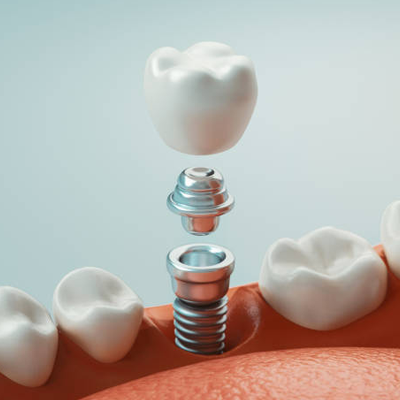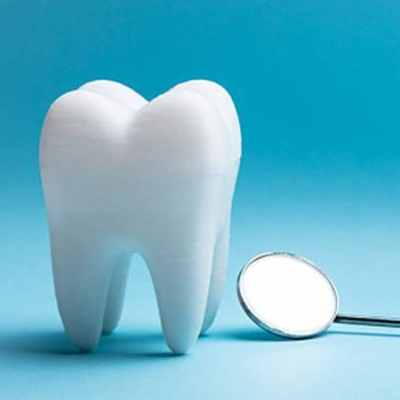
What Are The Steps Of Dental Bone Grafting?
A dental bone graft is a procedure that adds more bone to a part of the jaw that has lost bone or needs more support. There are ways to get bone from another part of the body and put it in the jaw. Sometimes, synthetic bone is used. If more procedures, like dental implants, are needed, or if bone loss is hurting the health of nearby gums and teeth, a dental bone graft may be required to make up for the loss of bone.
People want to have an implant on the same day. The cause is financial. Occasionally, it is a logistical issue. In either case, bone loss occurs daily while the tooth is gone.
Why Is Tooth Loss Associated with Bone Loss?
The bone that frequently causes problems is referred to as the alveolar bone. Alveolar bone serves a single purpose: to support and retain your teeth. Without a tooth, the alveolar bone begins to deteriorate due to a lack of activity. Additionally, chewing helps to build and strengthen the jawbone. Thus, alveolar bone loss might swiftly progress to jawbone loss.
How Is a Dental Bone Graft Procedure Performed?
Before the dental bone transplant process, you will meet with a periodontist or oral surgeon to discuss the treatment strategy and choose the appropriate bone grafting material. Your bone grafting technique will vary according to the reason for the therapy. However, you can generally anticipate the following steps:
Step 1: Anesthesia is the first step
Your dental professional will numb the operation location using a local anesthetic. Additionally, you may require IV sedation if the tissue is harvested from your own body or if you suffer from dental anxiety.
Step 2: Extraction and procurement of bone
If an autograph is used, the dental expert will locate the bone in the desired location. Similarly, if you require tooth extraction, the surgeon will perform it at this time. Combining tooth extraction with bone grafting results in a more rapid healing process.
Step 3: Graft placement
The dental practitioner will adequately clean the region. If an extraction is not necessary, the dental practitioner will incise the gum tissue to reveal the bone. Then, the bone graft material will be attached to the exposed bone.
Stitching is the fourth step. Sutures are used to seal the region once the graft material is in place. If the surgeon obtains the bone from your body, they will also suture the area closed.
Step 5: Recuperation
You may return home the same day as your procedure in most situations, although you may require a driver if you undergo sedation or general anesthesia. Four to six months — and maybe longer — will be necessary to heal and prepare for your dental implant thoroughly. Your dental practitioner will provide aftercare recommendations, which you should carefully follow to avoid failure or complications.
We hope this blog has provided you with valuable knowledge regarding bone grafting of the tooth. Get in touch with us at Custer Creek Dental Care if you are looking for the best bone grafting treatment at McKinney, TX.










